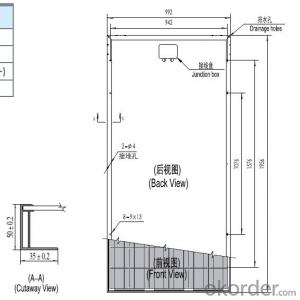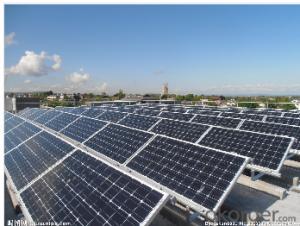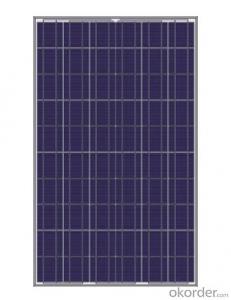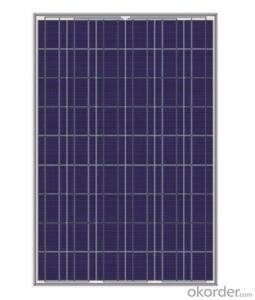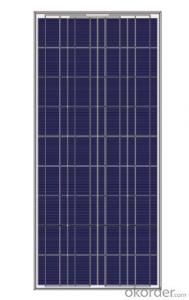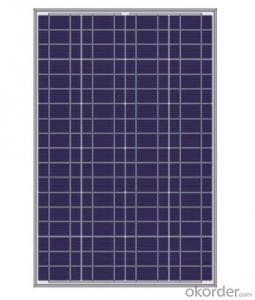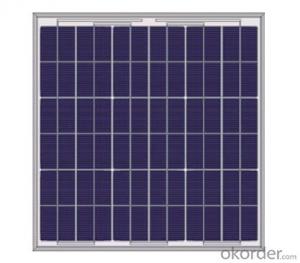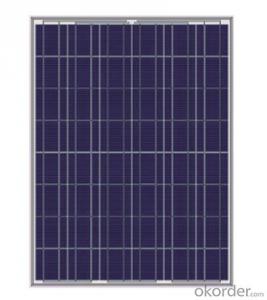Csi Solar Panels - Polycrystalline Silicon Solar Panel Type CR290P-CR250P
- Loading Port:
- Tianjin
- Payment Terms:
- TT or LC
- Min Order Qty:
- 50 pc
- Supply Capability:
- 2000 pc/month
OKorder Service Pledge
OKorder Financial Service
You Might Also Like
1. Structure of Polycrystalline Silicon Solar Panel Type CR290P-CR250P
Solar modules, which are widely used in ground mounted utility-scale PV plants, large-scale and small civil and commercial power generating system such as BIPV combined to the grid, roof-mounted PV power system, rural electrification, communications, emergency auxiliary power.
Solar PV module is comprised of some solar cells which are connected in serial with high efficiency and enhanced reliability.
2.Professional Certificate of Polycrystalline Silicon Solar Panel Type CR290P-CR250P:

3. Main Features of Polycrystalline Silicon Solar Panel Type CR290P-CR250P
High wind-pressure and snow load, and easy installation
Water resistant junction box
Design to meet unique demand of customer
25 year poweroutput warranty
4.Polycrystalline Silicon Solar Panel Type CR290P-CR250P Images
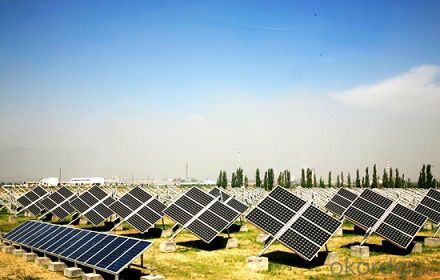
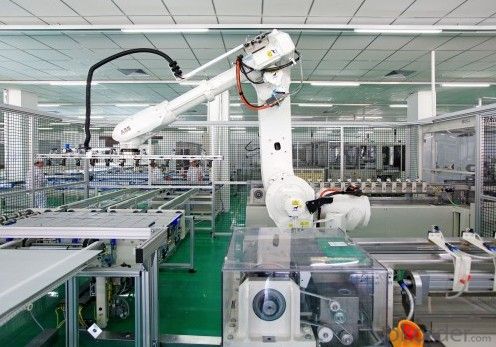
5. Polycrystalline Silicon Solar Panel Type CR290P-CR250P Specification
Module type | CR290P | CR280P | CR270P | CR260P | CR250P |
Cell type | 156mm × 156mm | ||||
No. of cells and connections | 72(6×12) | ||||
Dimension of module (mm) | 1956×992×50 | ||||
Weight of module (kg) | 23.5 | ||||
Maximum Power (Pm) | 290W | 280W | 270W | 260W | 250W |
Open-circuit voltage (Voc) | 44.2V | 44.0V | 44.0V | 43.8V | 43.6V |
Short-circuit current (Isc) | 8.75A | 8.56A | 8.42A | 8.35A | 8.30A |
Volatage at Pmax (Vmp) | 36.2V | 35.8V | 35.4V | 35.0V | 34.4V |
Current at Pmax (Imp) | 8.02A | 7.83A | 7.63A | 7.43A | 7.27A |
Maximum system voltage | 1000VDC | ||||
Operating temperature | -40℃ to +85℃ | ||||
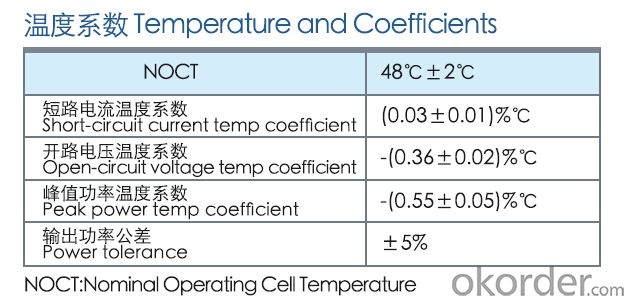
Polycrystalline Silicon Solar Panel Type CR290P-CR250P I-V Characteristics Graph

6. FAQ of Polycrystalline Silicon Solar Panel Type CR290P-CR250P
(1) Can you offer the test report of the module?
Sure. All the solar modules must pass necessary tests including EL test and ultra-red test and other visual test of the apperance, and the test report presents all the detailed data of the modules.
(2) How to confirm about the quantity and the type of solar module?
It depends on the solar system where you want to put into use the solar modules. We have experienced engineers to design for your order and you need to give more information to fix the details.
- Q: How do solar panels impact air pollution?
- Solar panels have a positive impact on air pollution as they generate electricity without producing harmful emissions. By reducing the reliance on fossil fuels, solar panels help to decrease air pollution and improve air quality, contributing to a cleaner and healthier environment.
- Q: my dad met a guy representive for a solar panel company at a swapmeet Scam?
- Hard to say. Solar panels are becoming more common these days. May want to ask if the vendor is licensed and bonded contractor (if he's doing installation as well as panel sales). Find out the name of the equipment that this guy is selling (panels and other hardware) and do a search. For that matter, get the guys name and do a search on it to see he pops up elsewhere.
- Q: can solar power panels installed at home provide enough electricity to power house hold appliainces and heat water.
- During daylight hours yes. I have just six panels, and during the summer, with feed in tariffs paid by my retailer, I hardly pay any electricity bills. Many people around me have up to 20 panels on their roof, and are gross feed in to the grid, meaning no more electricity bills. * or preferably 0 panels will ensure you never have to pay an electricity bill again.
- Q: Can solar panels be used in areas with high levels of drought?
- Yes, solar panels can be used in areas with high levels of drought. Solar panels do not require water to generate electricity, so they can still function effectively in dry conditions. In fact, the high levels of sunshine often associated with drought-prone areas can actually make solar panels more efficient.
- Q: How much energy can a solar panel produce?
- The amount of energy a solar panel can produce depends on various factors such as its size, efficiency, location, and the amount of sunlight it receives. On average, a typical solar panel can generate between 250 to 400 watts of power per hour.
- Q: How do solar panels convert sunlight into electricity?
- Solar panels convert sunlight into electricity through the photovoltaic effect. When sunlight hits the solar panels, it interacts with the semiconductor material, usually made of silicon, which causes the electrons to be excited and flow freely. This flow of electrons generates an electric current, which can be harnessed and used as electricity.
- Q: what is solar panel? full description needed?
- Solar Panel is a broad term for gathering energy from the sun. It could be Photo Voltaic, or Thermal. A thermal panel is often used to heat a swimming pool. It consists of plastic tubing laid out in a black case to directly heat water or oil. The Photo Voltaic panels are batteries that convert photons into electrical potential and current.
- Q: how to make electricty using solar panels or wind generator
- www.okorder / or you can just google solar panel(s)
- Q: Can solar panels be installed on flat roofs?
- Yes, solar panels can be installed on flat roofs. In fact, flat roofs are often well-suited for solar panel installations due to their large surface area and easy accessibility. Mounting systems can be used to position the panels at an optimal angle for maximum sunlight exposure.
- Q: Can solar panels be used to power a satellite?
- Yes, solar panels can be used to power a satellite. Solar panels are commonly used in satellites to convert sunlight into electricity, which is then stored in batteries for use during periods when the satellite is not in direct sunlight. The efficiency and reliability of solar panels make them an ideal choice for powering satellites in space.
Send your message to us
Csi Solar Panels - Polycrystalline Silicon Solar Panel Type CR290P-CR250P
- Loading Port:
- Tianjin
- Payment Terms:
- TT or LC
- Min Order Qty:
- 50 pc
- Supply Capability:
- 2000 pc/month
OKorder Service Pledge
OKorder Financial Service
Similar products
Hot products
Hot Searches
Related keywords

